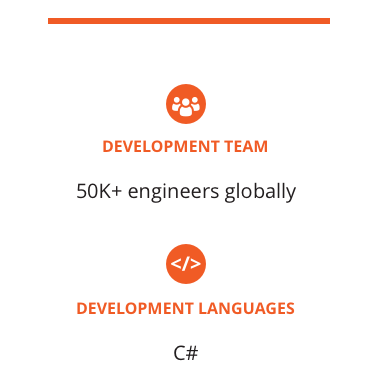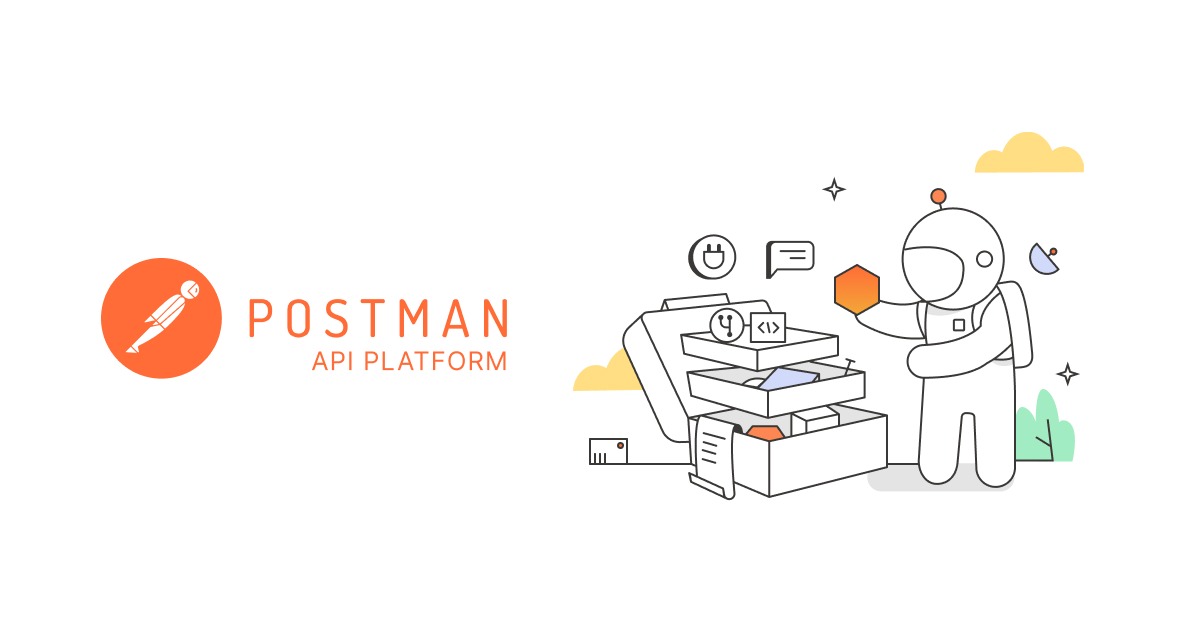Microsoft Education Uses Postman Pro for Integration Testing
Founded in 1975, Microsoft Corporation is a multinational technology company with headquarters in Redmond, Washington. It develops, manufactures, licenses, supports and sells computer software, consumer electronics, personal computers, and services.
 Microsoft Education APIs are a platform for independent software vendors, systems integrators, and school IT to make lives easier in the K12 and higher education market, offering a range of APIs for homework assignments, rostering, and notebooks for classroom use. While Microsoft is a company with considerable resources and would normally have a team of engineers to build an API testing framework, the Microsoft Education team was brand new and still building out their team. Find out how Microsoft Education was able to set up integration testing with just a few clicks, saving time and freeing up resources to focus on successfully shipping their product.
Microsoft Education APIs are a platform for independent software vendors, systems integrators, and school IT to make lives easier in the K12 and higher education market, offering a range of APIs for homework assignments, rostering, and notebooks for classroom use. While Microsoft is a company with considerable resources and would normally have a team of engineers to build an API testing framework, the Microsoft Education team was brand new and still building out their team. Find out how Microsoft Education was able to set up integration testing with just a few clicks, saving time and freeing up resources to focus on successfully shipping their product.
API tests with flow control
Having robust integration testing allows a small team to release new changes to production with confidence and efficiency. Not only did the Microsoft Education team create integration tests for all of their endpoints in Postman, they also used Postman environment variables and test scripts to build their own flow control structures.
Microsoft wanted native looping and retries for testing in Postman, but the scripting language gave them the freedom to improvise while waiting for the feature request. Writing plain JavaScript in a Postman pre-request or test script, they could build their own looping logic to create delays and retries across a series of requests.
Using Postman’s environment templates, the same tests could then be run against various environments for testing, staging, and production, making it super convenient to flip back and forth between environments on an ad hoc basis.
Postman monitoring for API alerts
Beyond internal ping testing for their APIs, the Microsoft Education team could run their entire test suite using Postman. Finding an off-the-shelf solution for their API testing framework would save them valuable time. The easiest solution was to buy a block of Postman monitors to run all their tests at regular intervals. They used Postman monitoring to run the full test suite every 2 hours.
The team could continue to focus on updating their code with full confidence that they would receive an alert if a single Postman test failed during a scheduled run in their pre-production or production environments.
Ultimate control over their Postman tests
For the Microsoft Education team, Postman was a solid way to deliver integration testing for their APIs. However, they wanted final say over their tests and also to integrate with their own source control. Fortunately, Postman collections are a transparent format for their tests. If they wanted to, they could review the collection files when exporting them and edit the underlying data. Furthermore, they could use the Postman Pro integration to sync their data with GitHub as a backup for source control.
On the Microsoft Education team, we’ve moved from using Postman as a highly productive dev console to monitoring our APIs with just a few clicks.
It was an easy choice for us to leverage the learning investment we’d already made.
Gareth Jones, Principal API Architect
